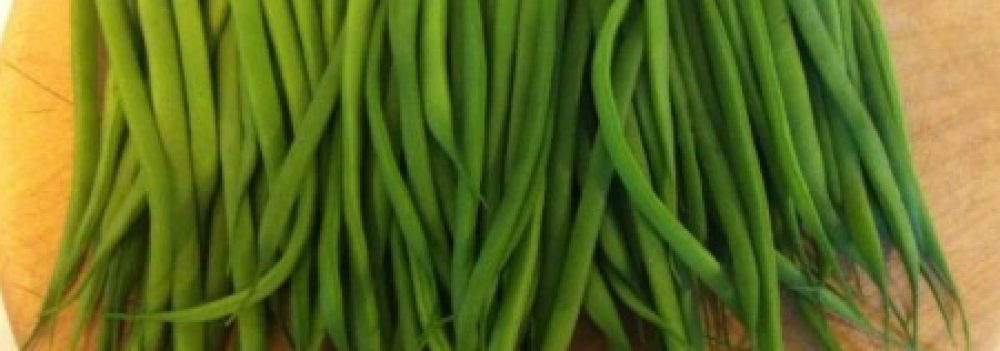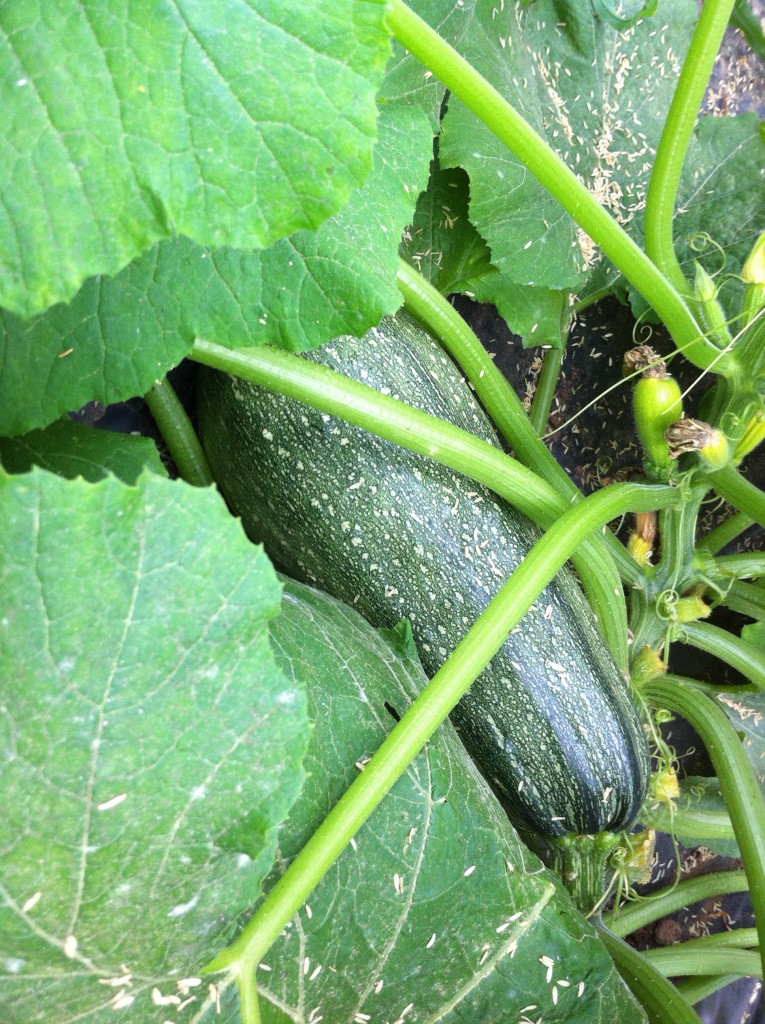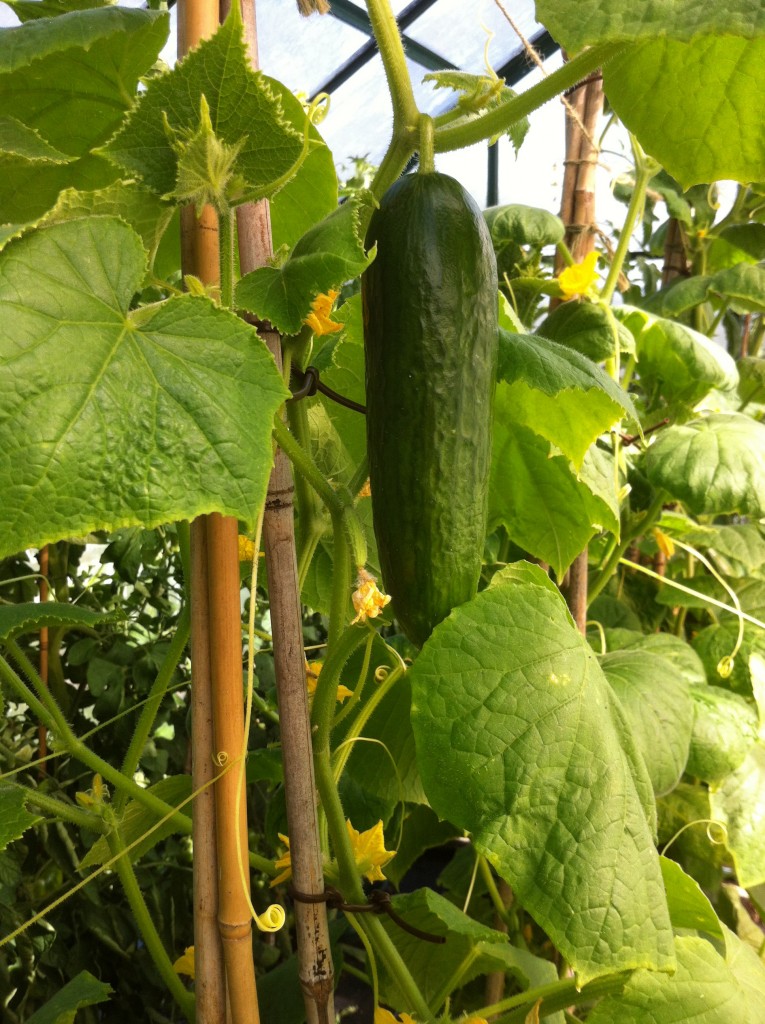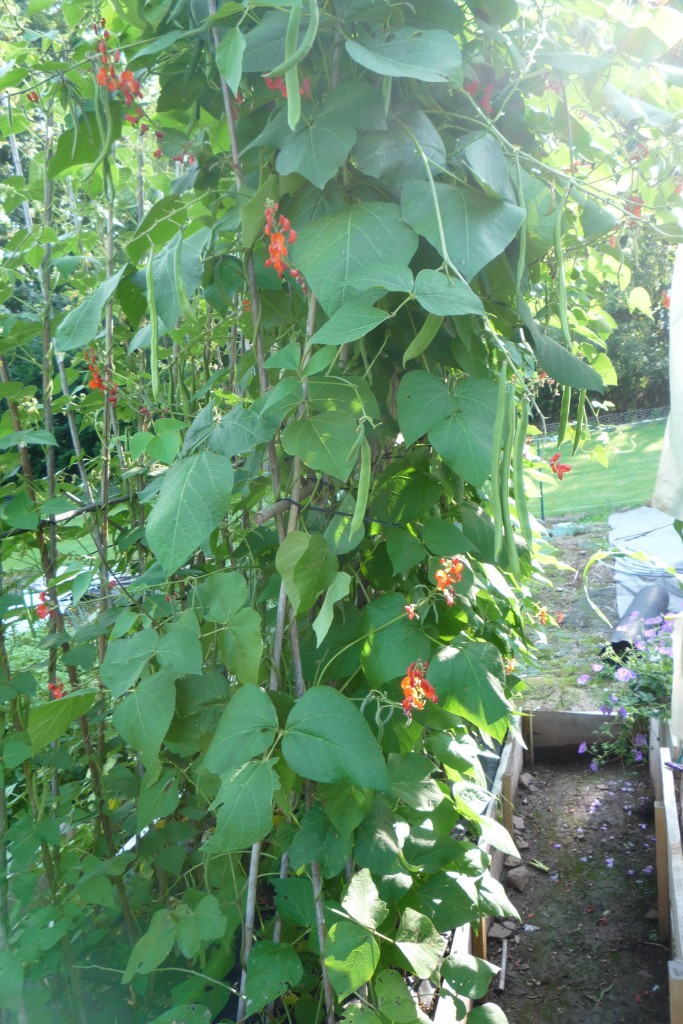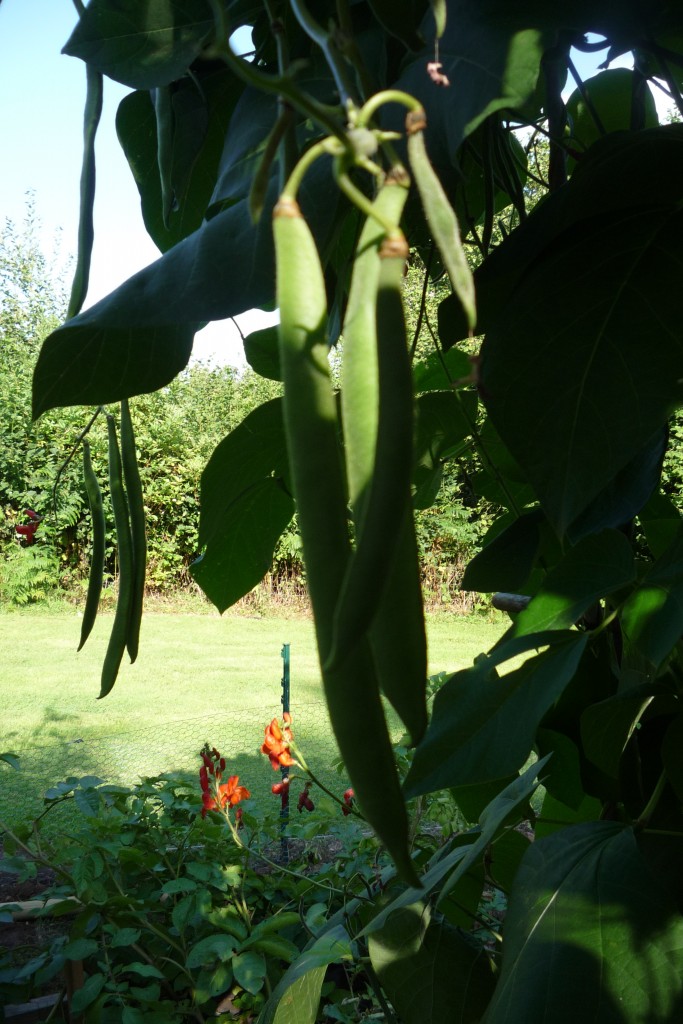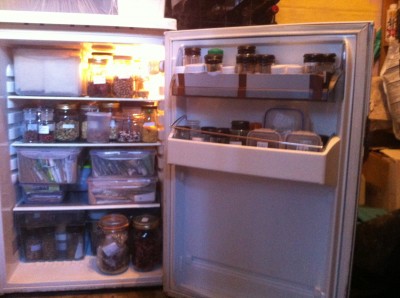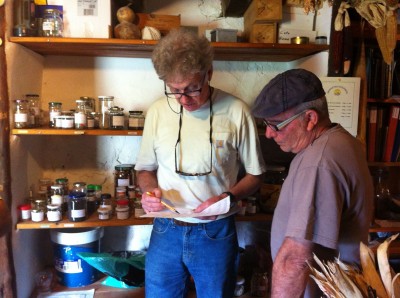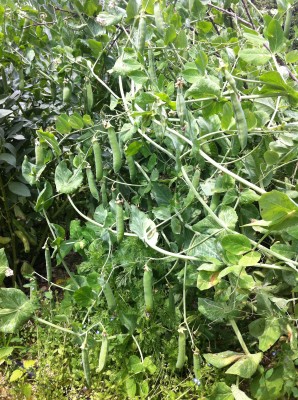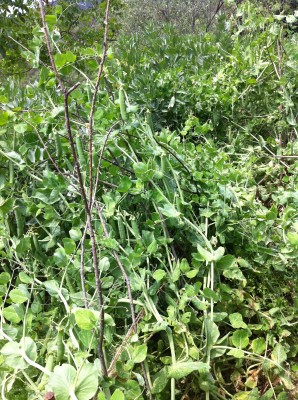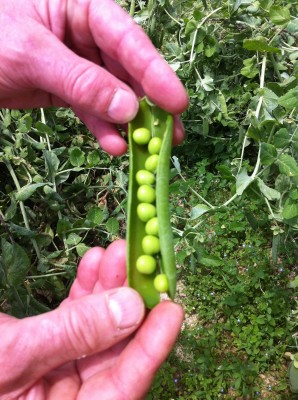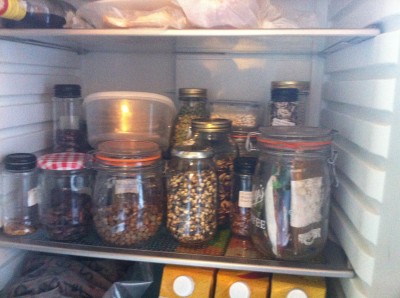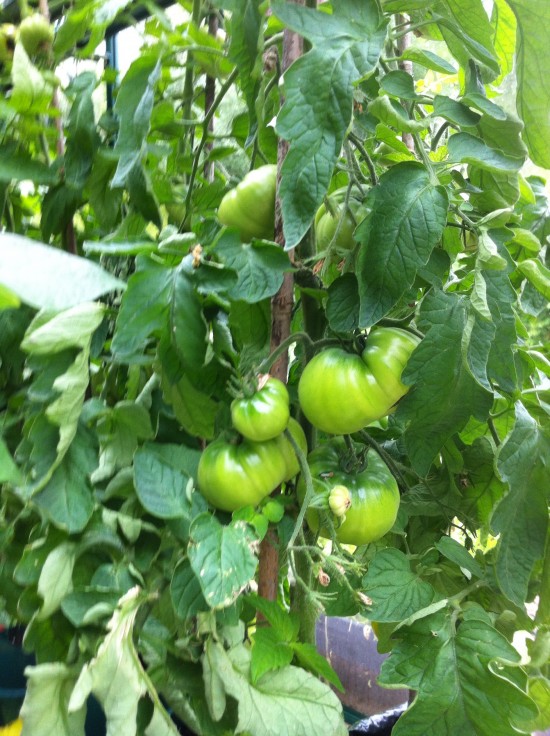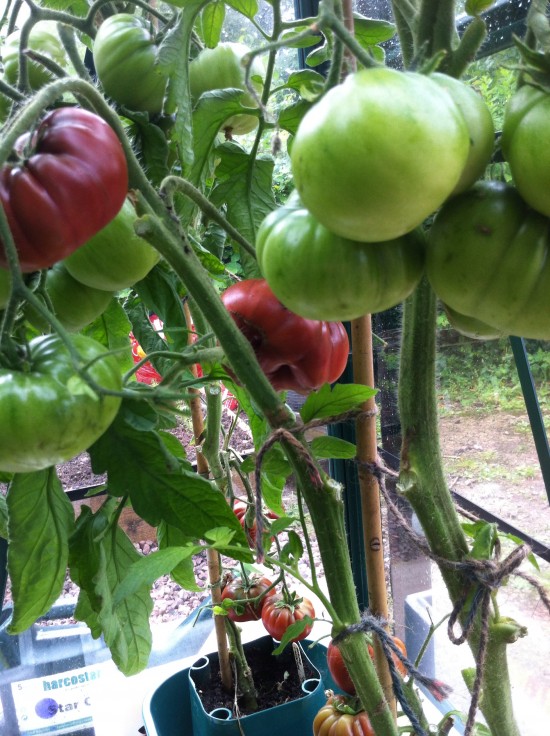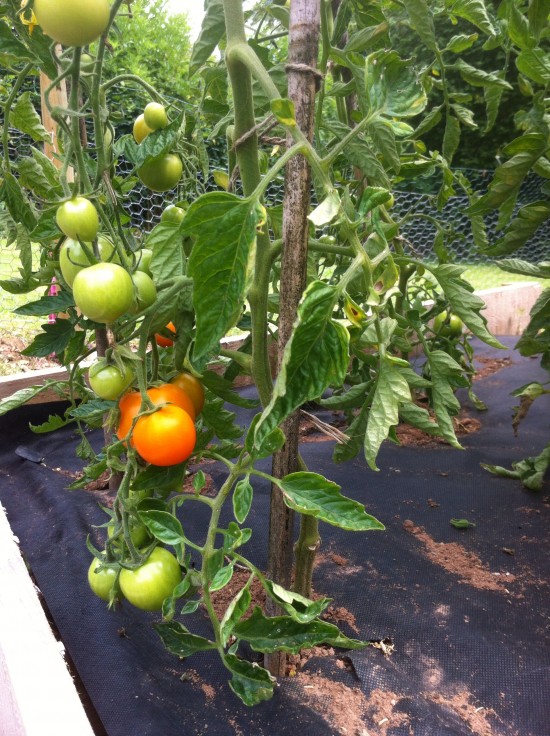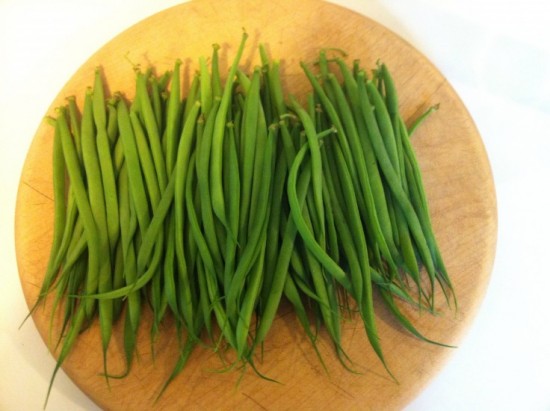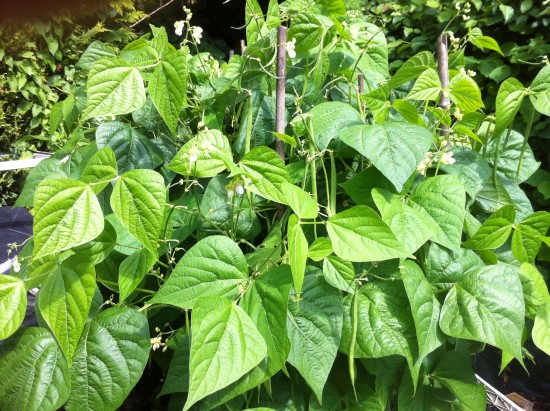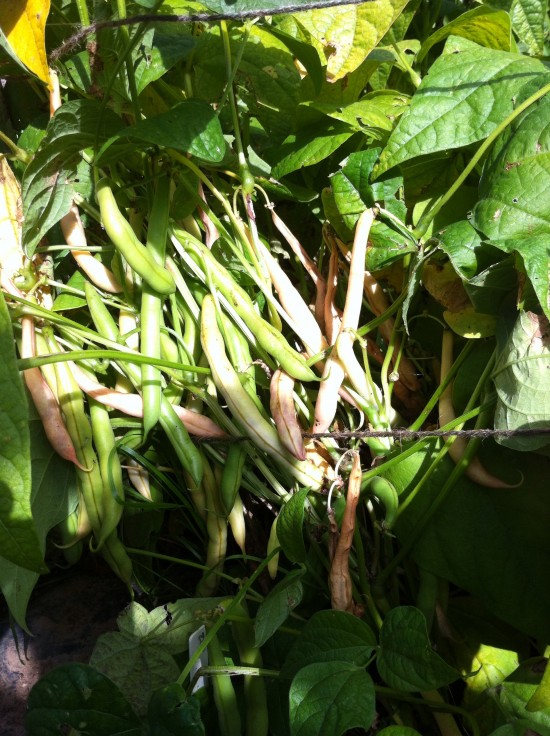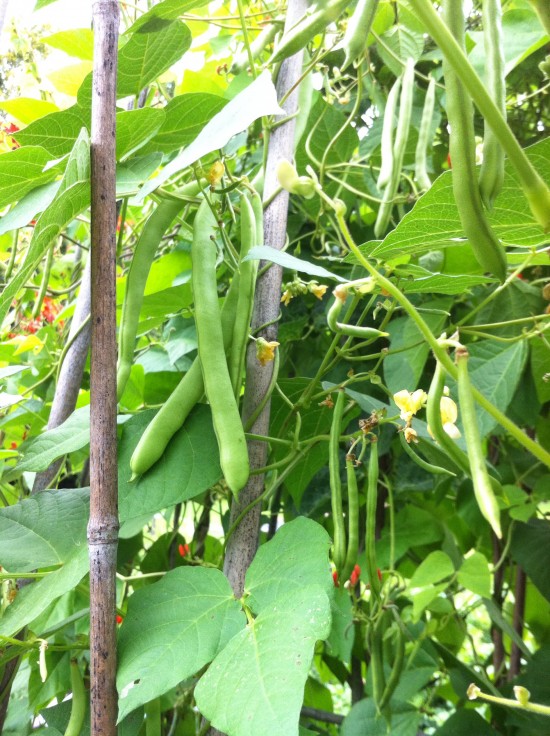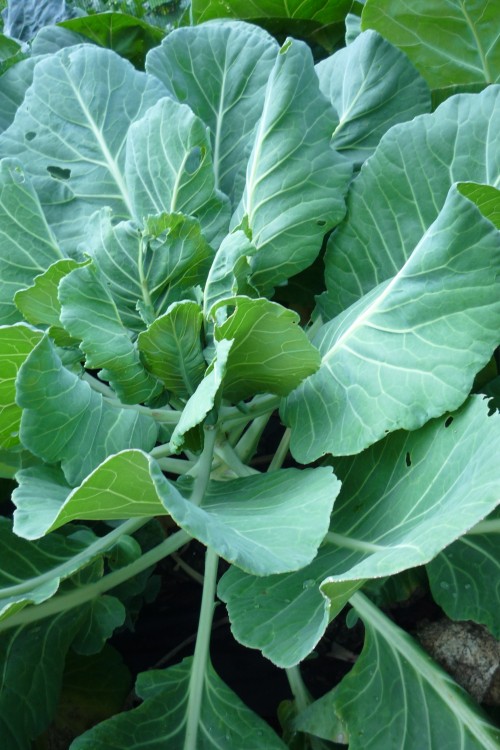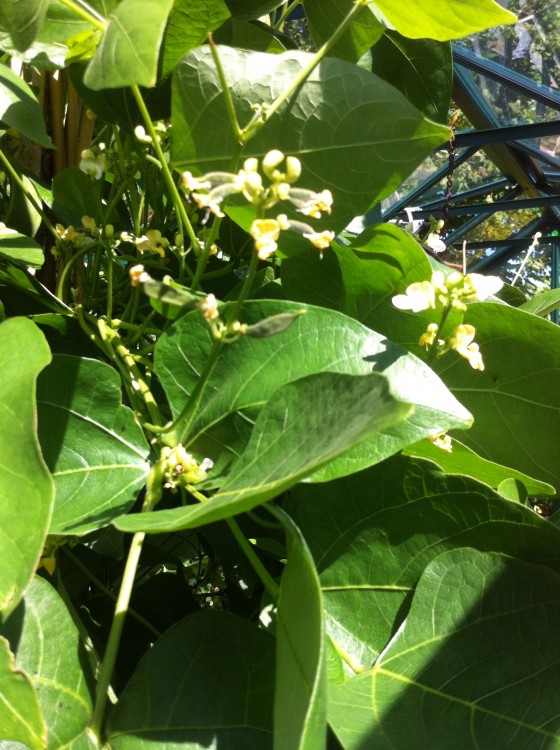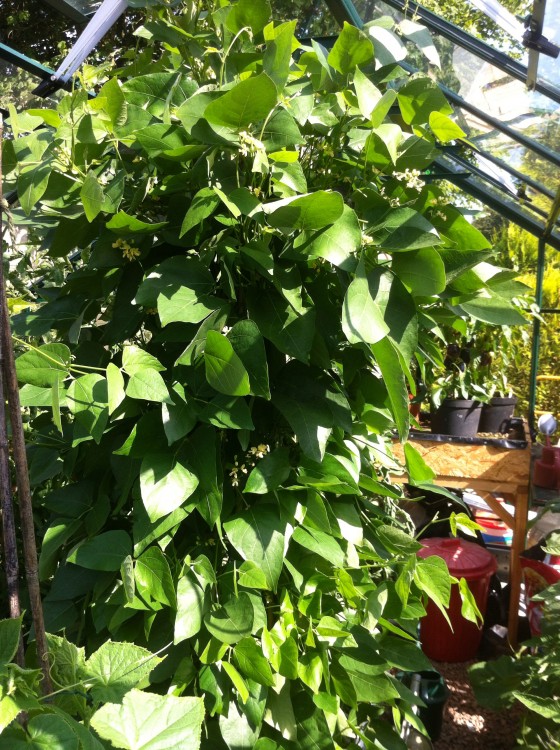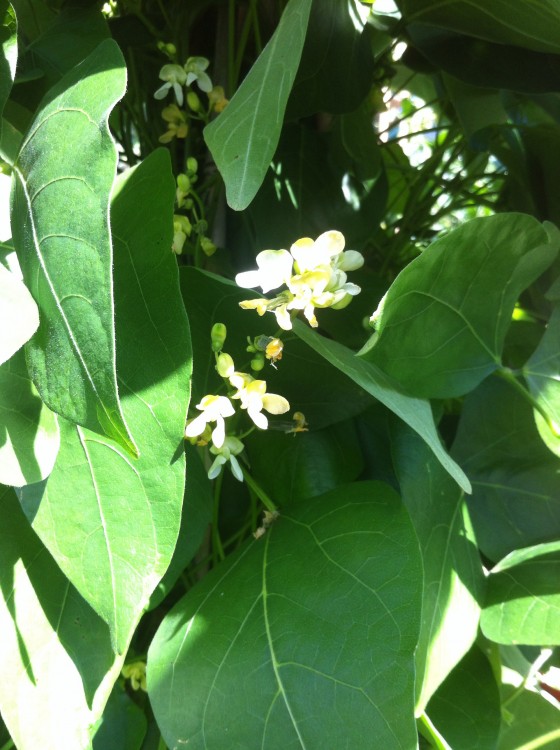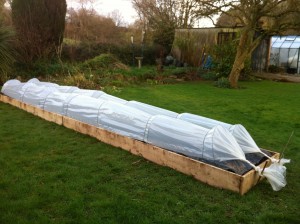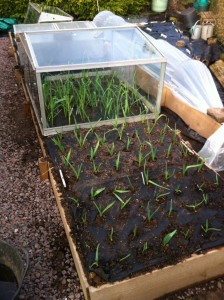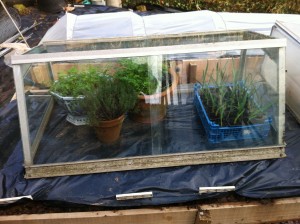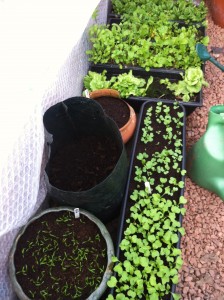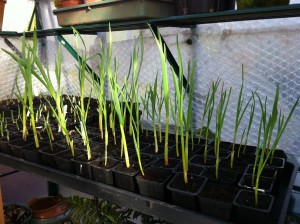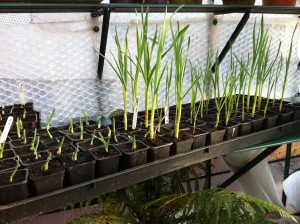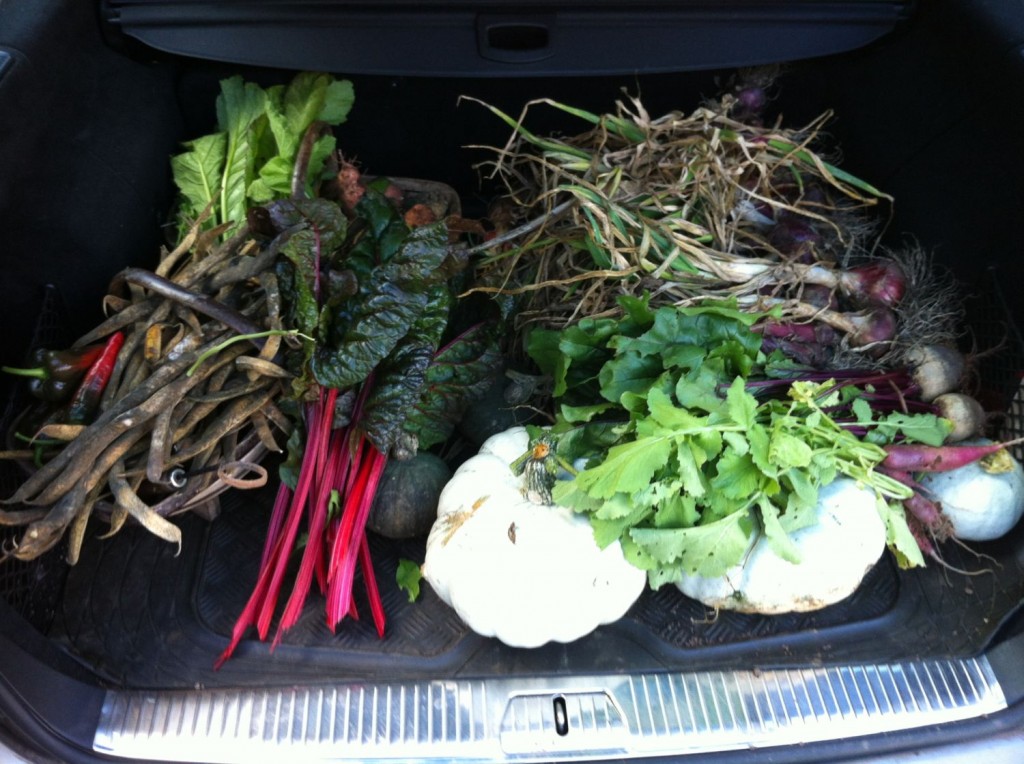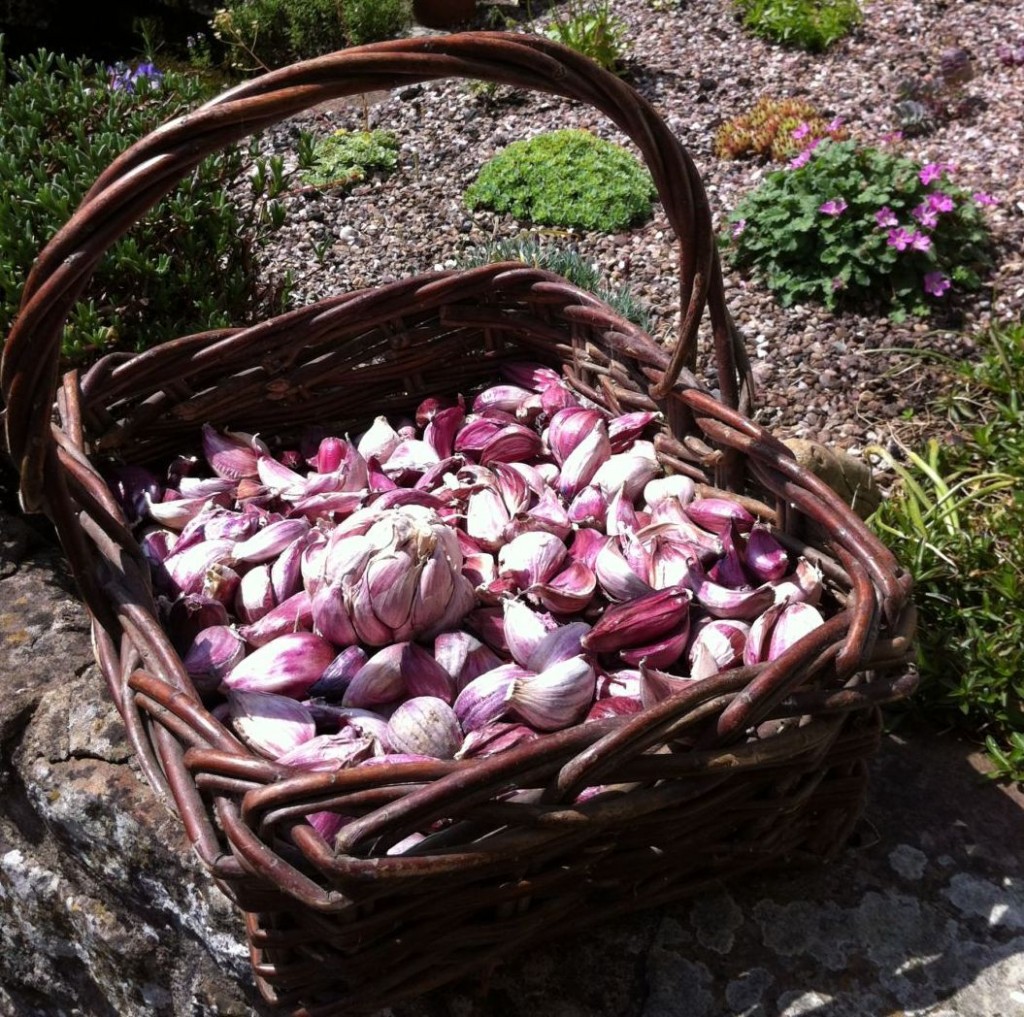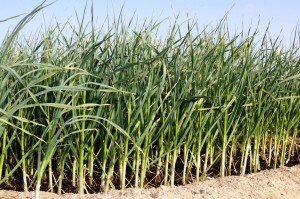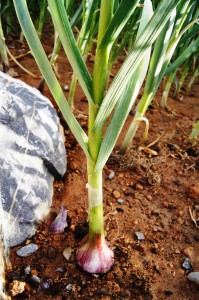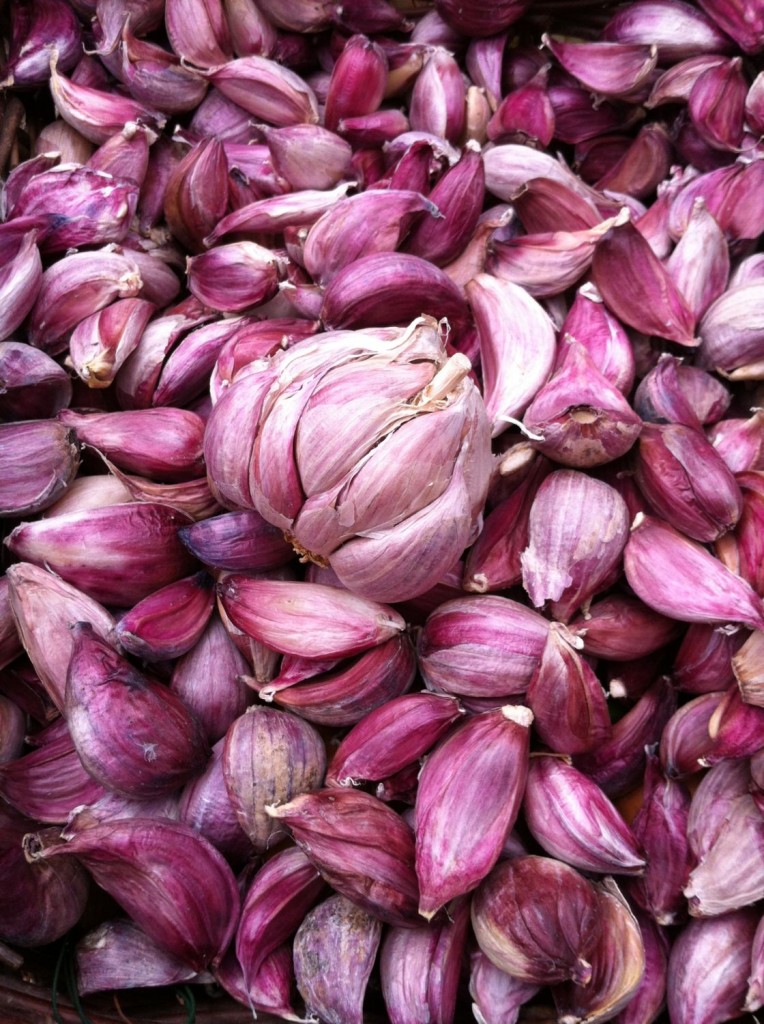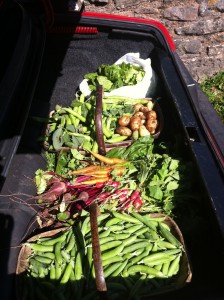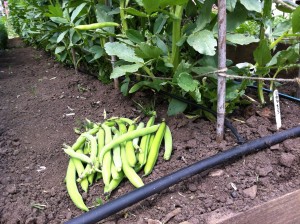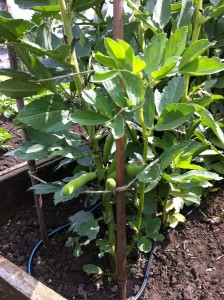The war in Syria has been devastating for farmers and the country’s position as the bread basket of the middle east. Fortunately the Syrian seed bank has been safely smuggled out of the country and the vast gene pool is now in deep-frozen security in neighbouring countries and the seed bank in Svalbard, Norway. However, I believe it is important to conserve as much as we can of Syria’s food heritage by growing their vegetables and sharing the seed with others who appreciate their special eating qualities. This year I am growing fava beans, courgettes and cucumbers from my small collection of seed I hunted down during a visit to the country at the start of the civil war in 2011.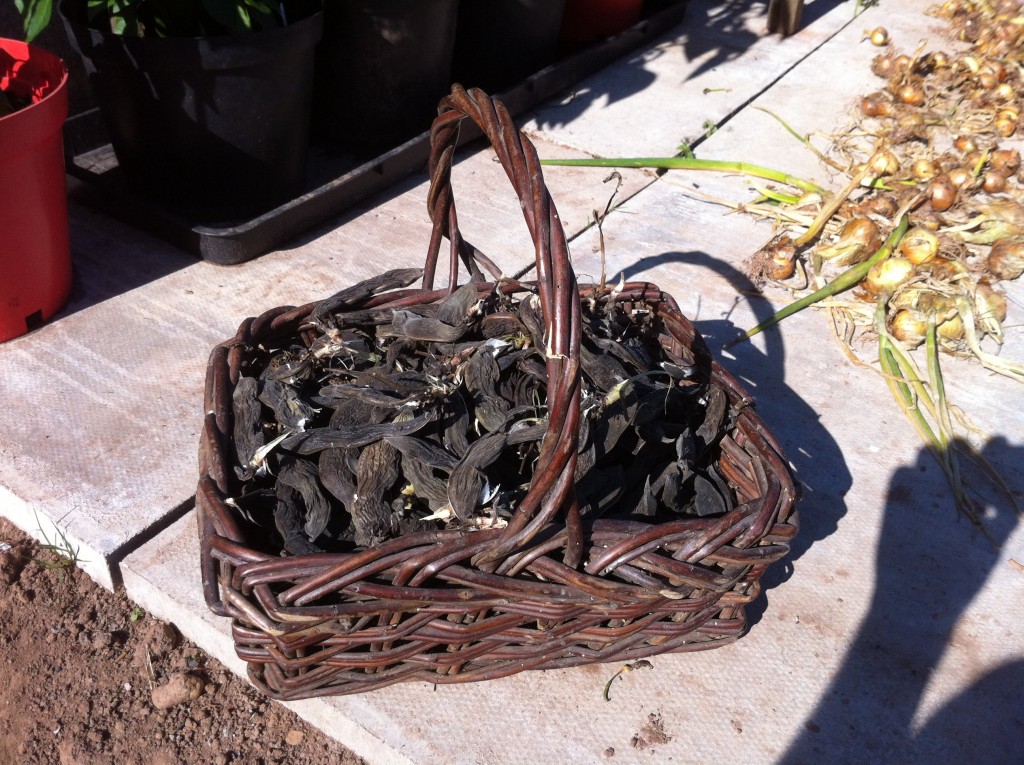 This basket of blackened pods, when shelled becomes a basket of delicious fava beans.
This basket of blackened pods, when shelled becomes a basket of delicious fava beans.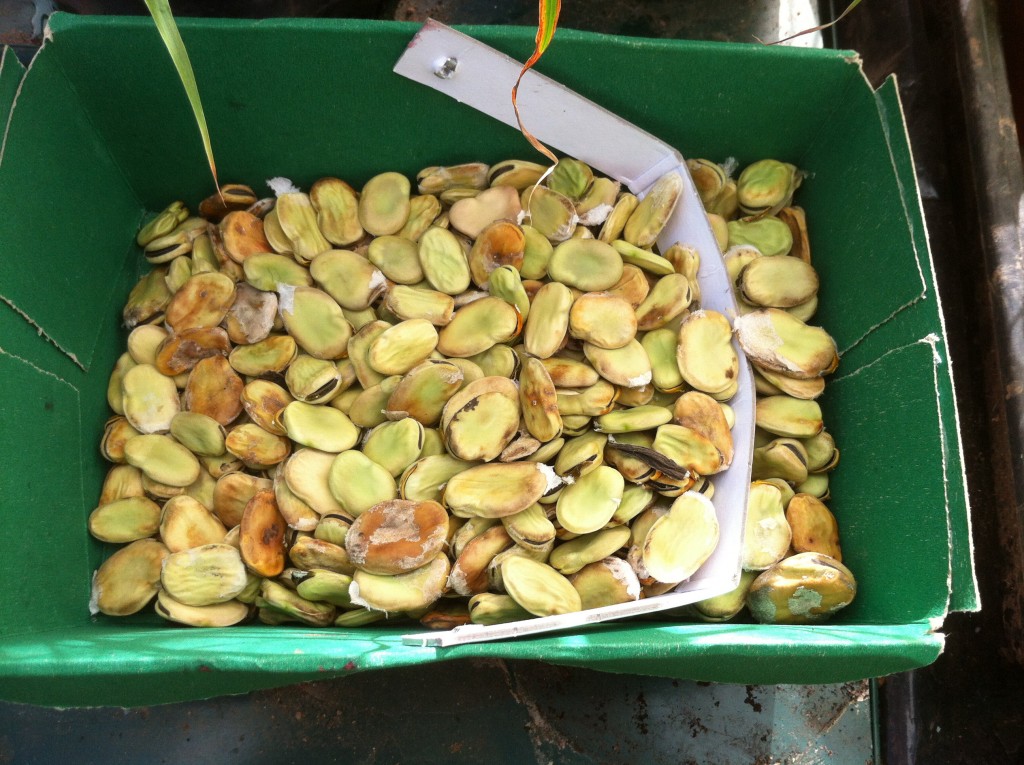
A total of 1.2 kilos from just 24 plants. This bean came from a farmer near Aleppo. Fava beans are man’s first cultivated crop and have been grown in Syria since the dawn of civilisation in the Tigris Euphrates valley some 10,000 years ago. This bean is a direct descendant – not forgetting, it is delicious too. This what the plant looks like as the pods swell and ripen.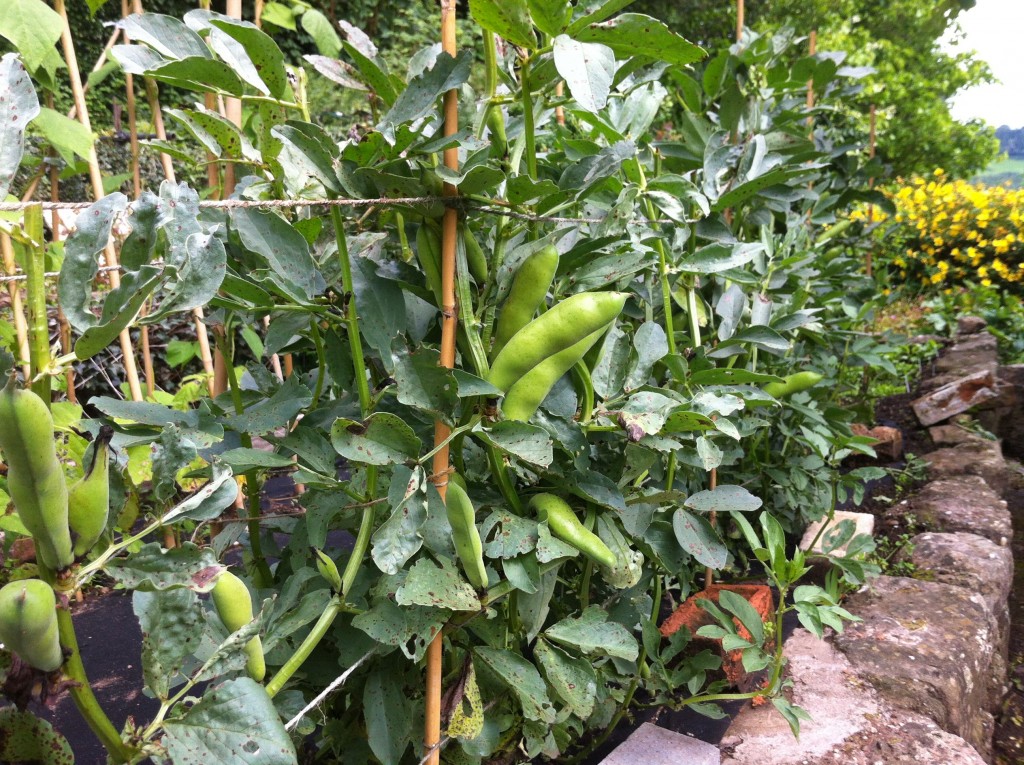
As well as beans I am growing two wonderful Syrian courgettes. This dark green variety is from seed I found on a market stall in ancient Damascus. 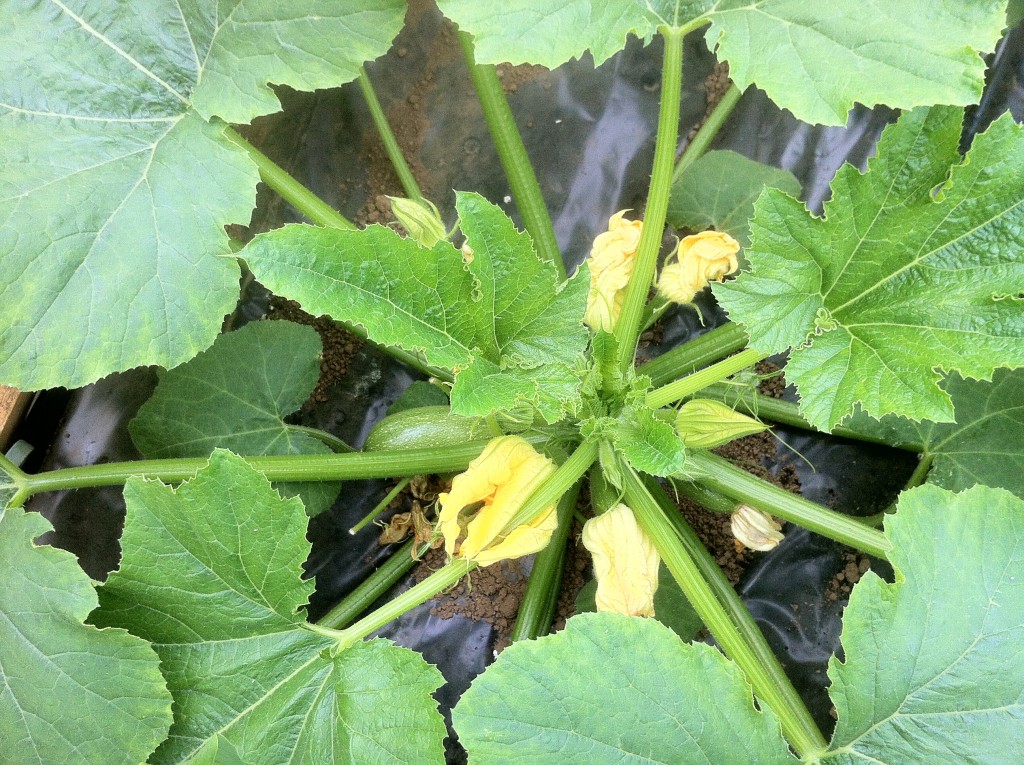 I am growing on a fruit for seed having hand pollinated to ensure it is true. It will get even larger and is not for eating!
I am growing on a fruit for seed having hand pollinated to ensure it is true. It will get even larger and is not for eating!
I hand-pollinated the female flower on the right with the male flower on the left to grow on my second Syrian courgette which is a truly delicious pale green variety that was grown commercially in Syria. The seed company Al Shibli based in Aleppo and now I fear no longer functioning.
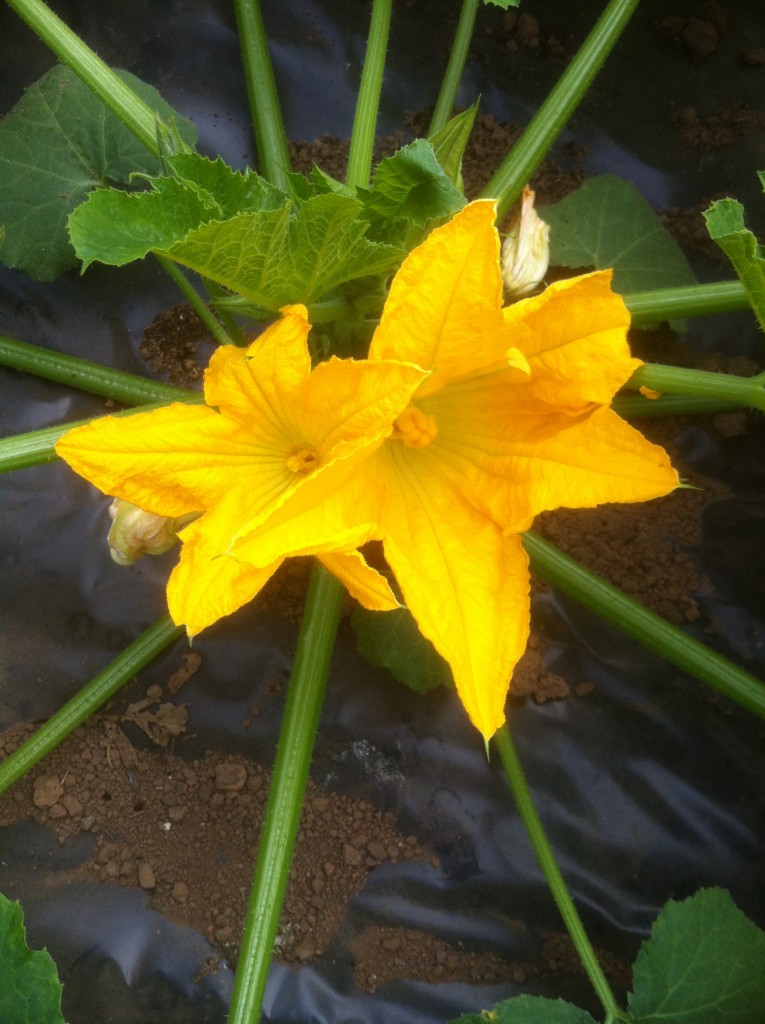
This is the result. I am hopeful that the variety is open pollinated and not a hybrid as it has both sexes of flower. Next year I shall grow again to check and if so will include them in my library to share.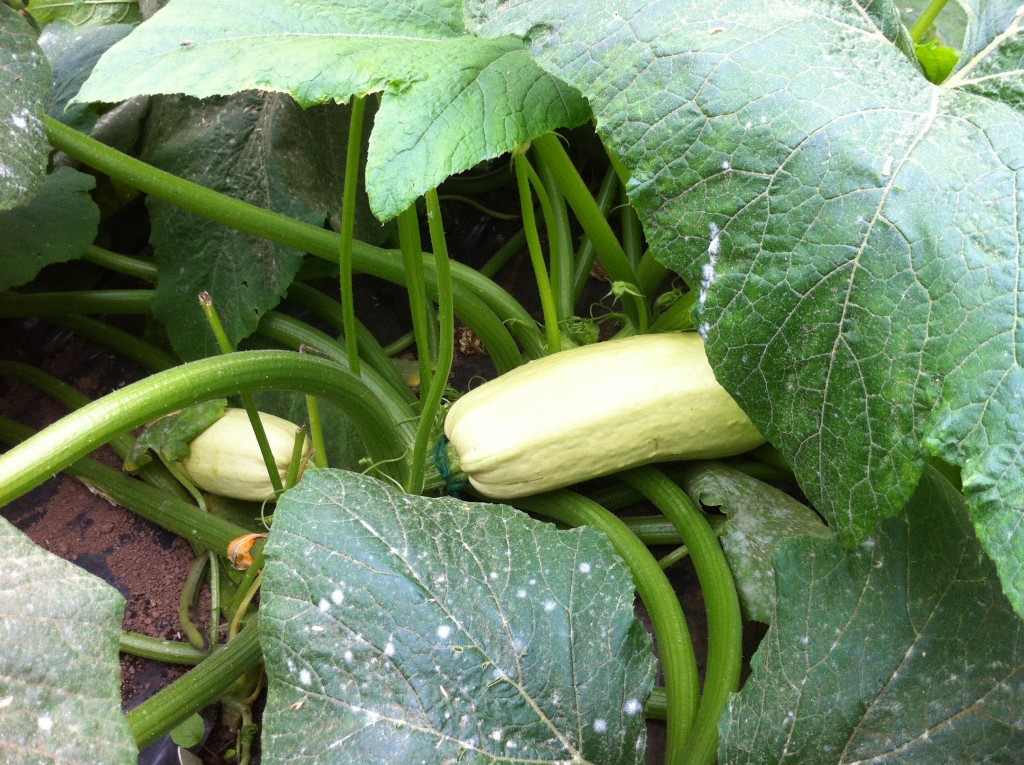
I also bought some commercial cucumber seed from Syria Future Seed, again a company no longer in existence. This variety is open pollinated and the crop this year from seed I saved in 2014 is prolific and utterly delicious. Sweet and tender small tear-drop shaped cucumbers that I hope to have more seed of in 2016.
